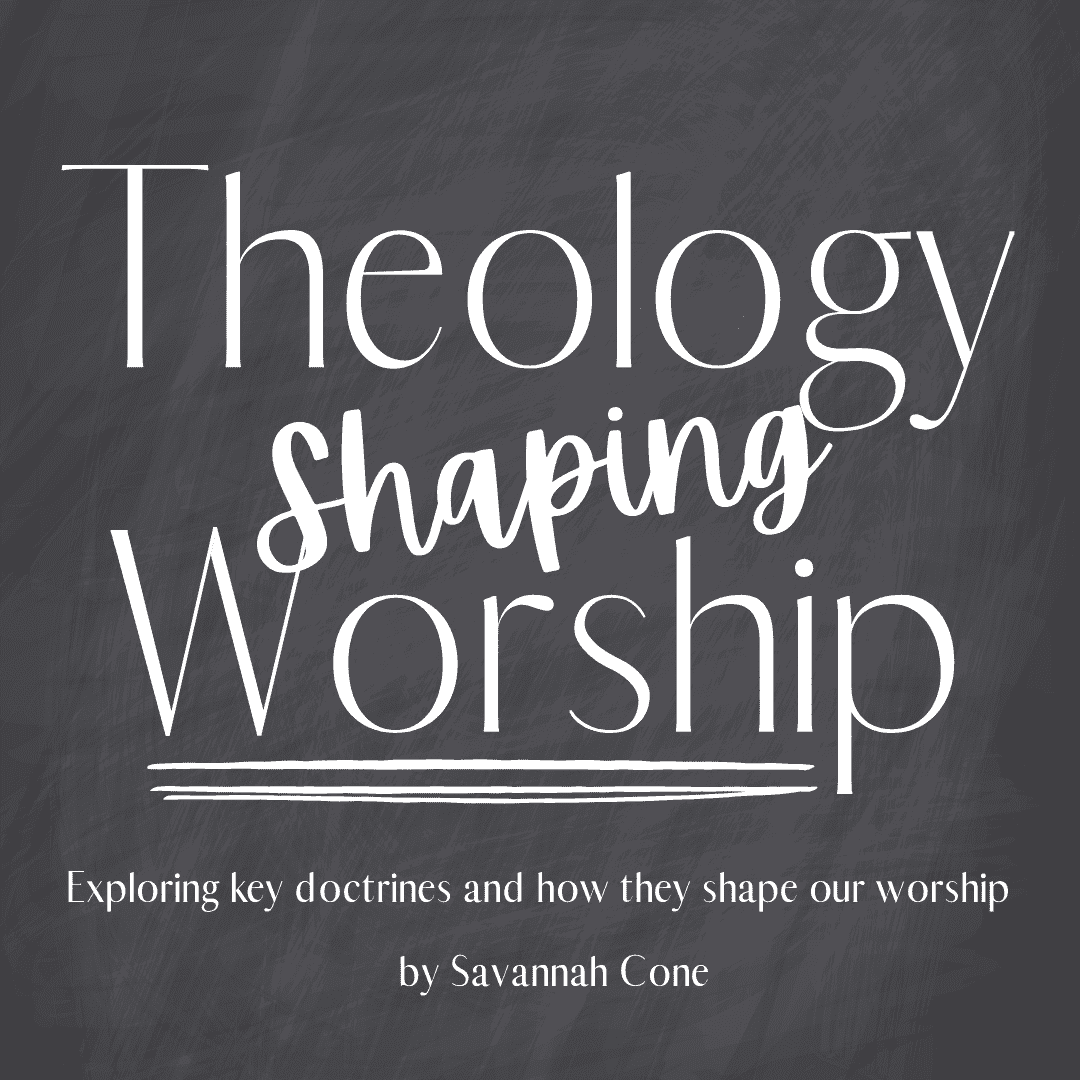Using Visual Arts in Worship (Updated)
Pastors.com asked me to write about visual arts in worship a few years ago. After so many advances in visual technology, I realized we needed to revisit this article. I asked Kyle Gordon who is the creative artist on my worship staff to help me rewrite the article. (Check out his blog at CreativeWorshiper.com.) This updated version is featured this week in Rick Warren’s Ministry Toolbox.
Thanks for reading! I would love to hear your comments and ideas of how you use visual arts in your services.
________________________________________ 
Have you gazed at the sky lately? Have you noticed the amazing colors of an evening sunset? Have you been mesmerized by a gigantic rainbow with its backdrop of smoldering gray rain clouds? Our God is a magnificent designer! It’s as though every day provides Him a brand new canvas and He paints for us a new and original design from His endless palate of purples, reds, and blues.
Mandate
If one has ever questioned the need of visual art as a part of worship, all he or she needs to do is consider the priority our Creator placed on creativity and beauty when He made this universe and more specifically our world. His wonderful creation is awe-inspiring and breathe-taking! Obviously, God’s creative handiwork is intentional. Look at the diversity and colors of animals, the sky with clouds and constellations, and even flowers and plants. God purposefully made what we see around and above us to be more than just functional. God designed everything, including all of nature, so that it would point us back to Him. No doubt that is what the shepherd, David, realized as he lay on a hillside night after night staring up at the stars. David recognized the profound purpose of those twinkling lights shining down on him. What he saw inspired him to worship. That’s why he opened the 19th Psalm with these words, “The heavens declare the glory of God.”
God’s priority on the visual is not just evident in His creation. Throughout Scripture there are certain worship experiences with stunning visual effects to enhance the experience. For example, in Isaiah 6, Isaiah saw the Lord. From that vision, he was able to write about the Lord being high and lifted up and the train of His robe filling the temple. And think about the service in Revelation 4 and 5: In John’s description of that great, yet-to-be worship service in heaven, the aspects most impacting and significant were not those he heard, but rather those he saw. John saw the occupied throne in heaven. John saw the elders and living creatures. More importantly, John saw the Lamb of God, looking as if He had been slain. John was drawn into that unfathomable moment, and he was brought to his knees in worship because of what he was privileged to see. This is the powerful effect of the visual when it comes to worship services. “Visual art,” if you will, can appeal to our senses and move our souls.
Throughout church history art has been used to draw people closer to Christ and reveal His glory. In early times, drawings, paintings, and even stained glass windows were used to spread the good news of Jesus Christ to those who were illiterate. Churches often designed their buildings in such a way that those who entered would feel as though they were in a holy place and different world. Columns and arches were meant to point to the heavens so that that one’s full attention could be directed toward God and His beauty.
Motivation
John Piper wrote, “If you are God, your work is to create out of nothing. If you are not God, but like God–that is, if you are human–your work is to take what God has made and shape it and use it to make Him look great.”1 Our greatest and most important reason for anything we do in corporate worship should be to glorify the Lord. And what better way to make Him “look great” than through art that people can see?
Scripture indicates that people without Christ can be drawn to Him through seeing His attributes in nature. Because of this, Romans 1:20 says they are “without excuse.” Christians at times need some multi-sensory help too. Thomas, one of Jesus’ disciples, when told that Jesus had risen from the grave said, “Unless I see in His hands the print of the nails, and put my finger into the print… I will not believe” (John 20:25 NKV, emphasis added). Rather than ignoring Thomas’ need to see, Jesus invited Thomas to place his finger in His wounds and to look at His hands. The Lord went to a great deal of effort to visually show people how much He loves and seeks after them. We, His children, should do no less.
Younger generations have a craving and even a need for visual stimulants. Think about it: Teenagers and college students have grown up on movies, video games, text messaging, computer graphics and Instagram. They love visual images and illustrations. They don’t want to be told something, as much as they want to be shown, so they can truly understand. Like with Thomas, to them seeing is believing. The pressing question for us as church leaders is how can we help them to see?
Means
Many churches today are helping people to “see” through some astonishing creative elements in their worship services–such as unique lighting effects, environmental projection, and artfully-crafted stage sets. These elements aren’t just used for special services, but for normal weekly services. For example, for our pastor’s sermons at Valley View Church, we often have video “bumpers” to introduce them. These brief videos emphasize the main point or sermon title, to help focus people’s attention or burn a primary idea into their minds. Fellowship Church in Nashville, Tennessee sometimes uses projection art which builds throughout their pastor’s sermons. Once while their pastor was teaching on having faith like a mustard seed, they projected a tree behind the pastor. It started as a seed, then “grew” on the back wall until it enveloped almost the entire sanctuary.
The importance of visual art in corporate worship cannot be overstated. More and more churches are prioritizing visual and multi-sensory art in their gathering times. In fact, large churches like Saddleback, Willow Creek and Gateway have entire departments devoted to creativity in worship. Smaller churches, however, don’t usually have the financial means to support a creative team of staff artists. At Valley View we utilize several volunteers and try to be creative using very inexpensive resources. Whatever we want to incorporate, we try first to make ourselves, before we consider buying it. This way, we don’t drain our worship budget. We use common things like broken cement rocks to make a well scene, or pallets to build wooden walls for the stage. We’ve even filmed some of our best videos using iPhones!
There are plenty of websites now that offer free or very inexpensive worship videos and resources. Some of the ones we use at Valley View include http://thecreativepastor.com, http://www.creationswap.com, http://www.sermonspice.com, and http://www.churchstagedesignideas.com.
Message
It needs to be clarified that visual arts should never take the place of the spoken word in our worship gatherings. Paul’s words still ring true, “…how are they to believe in him of whom they have never heard? And how are they to hear without someone preaching?” (Romans 10:14 ESV) Thus, we want to be very clear when we say that visual art is meant to enhance and support the spoken message and never over-shadow the message.
Most importantly, creativity that we use within a worship service mustbe Spirit-initiated and Spirit-led. Only God knows exactly who will be in those services, and only He knows what they need to see in order to be reached. After all, He is the creator through us and not the other way around. When we allow God to create through us He can use it for His glory, and that is the best reason for anything. Visual art presented for God’s glory should not be something the church fears and runs from–whether it’s a beautiful stage set or a poignant video. Rather, it is a holy and needed thing every church should embrace…
1John Piper, Don’t Waste Your Life, (Crossway Books, 2003)139




Leave a Reply
You must be logged in to post a comment.